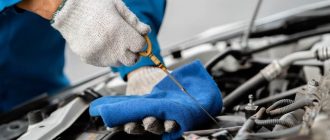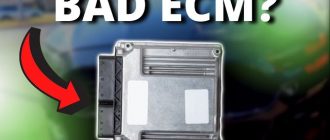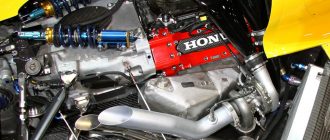## **How to Put Engine in Car**
**Materials:**
– Engine
– Engine hoist
– Engine mounts
– Transmission
– Driveshaft
– Exhaust system
– Cooling system
– Electrical system
**Tools:**
– Wrenches
– Socket set
– Screwdrivers
– Pliers
– Jack stands
– Torque wrench
– Oil filter wrench
– Coolant flush kit
**Safety Precautions:**
– Wear safety glasses and gloves.
– Disconnect the battery before starting any work.
– Use caution when working with heavy objects.
– Ensure the work area is well-ventilated.
**Step 1: Prepare the Car**
– Raise the car on jack stands to create ample working space underneath.
– Remove the hood and radiator to access the engine bay.
– Disconnect the battery and remove the air filter.
**Step 2: Remove the Old Engine**
– Disconnect the electrical connectors, fuel lines, and coolant hoses from the engine.
– Unbolt the engine mounts and transmission mounts.
– Use an engine hoist to carefully lift the old engine out of the car.
**Step 3: Install the New Engine**
– Lower the new engine into the engine bay using the engine hoist.
– Bolt in the engine mounts and transmission mounts.
– Reconnect the electrical connectors, fuel lines, and coolant hoses.
**Step 4: Install the Transmission**
– Bolt the transmission to the engine.
– Connect the driveshaft to the transmission.
**Step 5: Install the Exhaust System**
– Install the exhaust manifolds or headers to the engine.
– Connect the exhaust pipes and muffler to complete the exhaust system.
**Step 6: Install the Cooling System**
– Install the radiator and connect the coolant hoses.
– Fill the cooling system with coolant and bleed the air pockets.
**Step 7: Install the Electrical System**
– Reconnect the battery and check all electrical connections.
– Install the starter, alternator, and other electrical components.
**Step 8: Finish the Job**
– Install the air filter and reconnect the hood.
– Lower the car from the jack stands.
– Check all fluid levels and adjust as needed.
– Start the engine and check for any leaks or problems.
**Additional Tips:**
– When purchasing a new engine, ensure it is compatible with your car’s transmission and other systems.
– Use a torque wrench to tighten all bolts and fasteners to the correct specifications.
– Replace the oil filter and oil before starting the engine.
– Allow the engine to break in properly by driving at varying speeds and avoiding high loads.
– If you encounter any difficulties, consult a qualified mechanic for assistance.
**Conclusion:**
Installing an engine in a car requires specialized knowledge and skills. By following these steps carefully and taking appropriate safety precautions, you can successfully complete the task. However, if you are not comfortable working on complex automotive systems, it is recommended to seek professional assistance.




